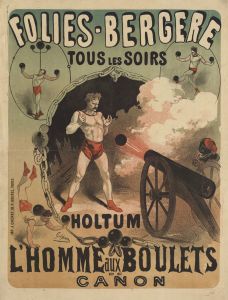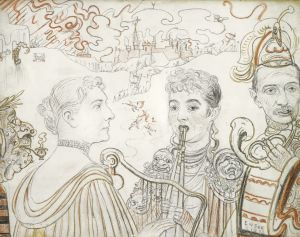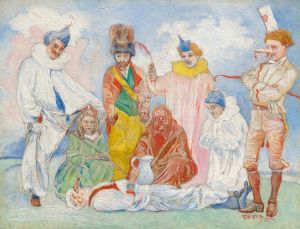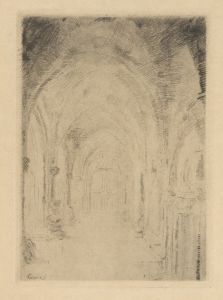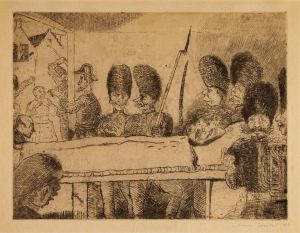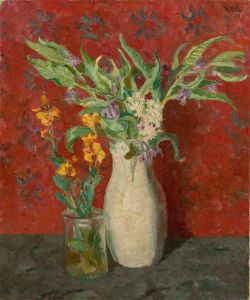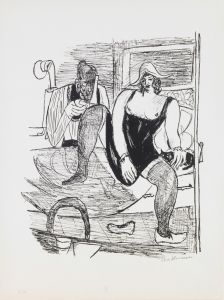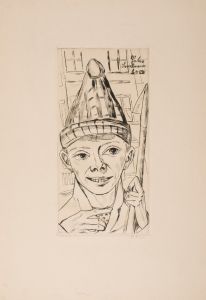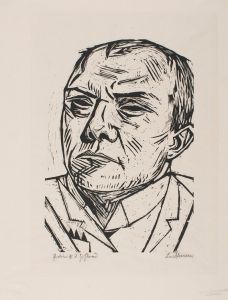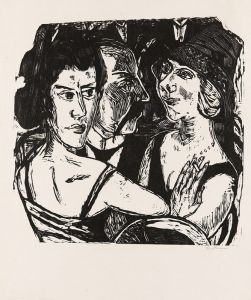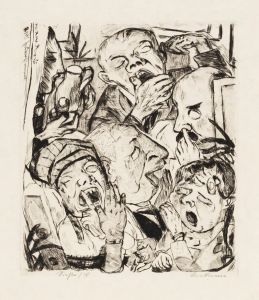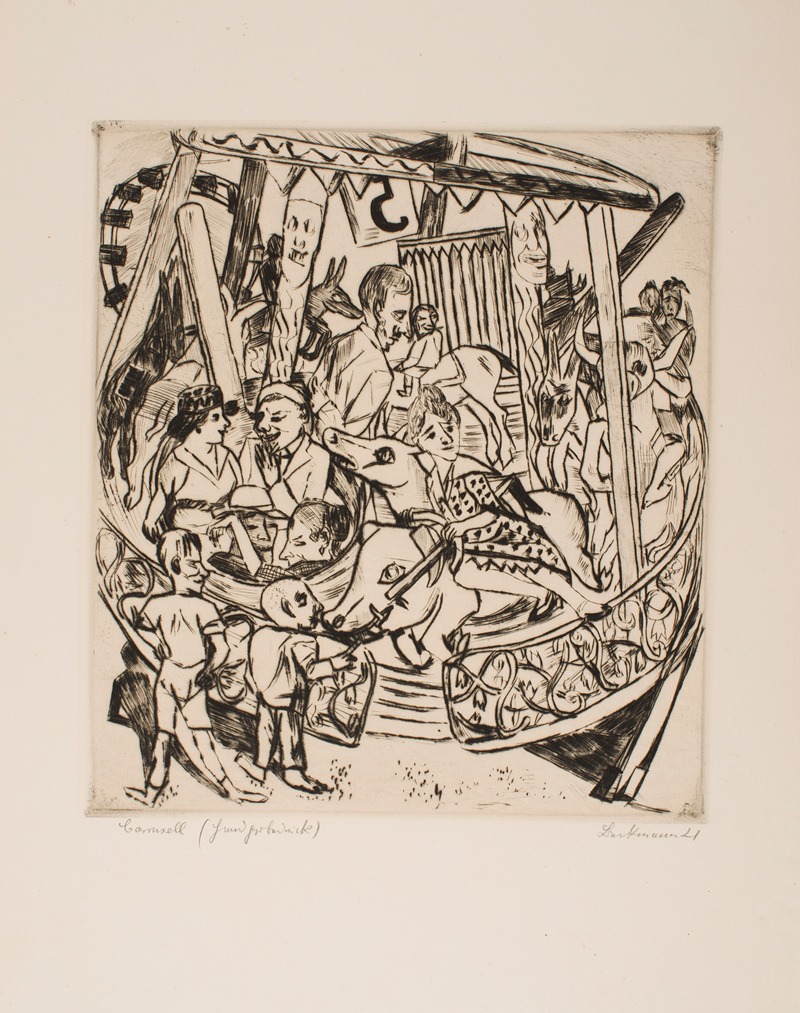
Merry-Go-Round
A hand-painted replica of Max Beckmann’s masterpiece Merry-Go-Round, meticulously crafted by professional artists to capture the true essence of the original. Each piece is created with museum-quality canvas and rare mineral pigments, carefully painted by experienced artists with delicate brushstrokes and rich, layered colors to perfectly recreate the texture of the original artwork. Unlike machine-printed reproductions, this hand-painted version brings the painting to life, infused with the artist’s emotions and skill in every stroke. Whether for personal collection or home decoration, it instantly elevates the artistic atmosphere of any space.
Max Beckmann's "Merry-Go-Round" is a significant work in the oeuvre of the German painter, known for his contributions to the Expressionist movement. Painted in 1929, this artwork is a vivid example of Beckmann's exploration of modern life and the human condition, themes that permeate much of his work. Beckmann, who lived through the tumultuous periods of World War I and the interwar years in Germany, often infused his paintings with a sense of tension and complexity, reflecting the societal changes and personal experiences he encountered.
"Merry-Go-Round" captures a scene that is both dynamic and unsettling, characteristic of Beckmann's style. The painting depicts a carousel, a motif that Beckmann used to symbolize the cyclical nature of life and the chaos of the modern world. The figures in the painting are portrayed with exaggerated features and intense expressions, a hallmark of Expressionism, which seeks to convey emotional experience rather than physical reality. This approach allows Beckmann to delve into the psychological states of his subjects, offering viewers a glimpse into the deeper undercurrents of human existence.
The composition of "Merry-Go-Round" is tightly packed, with figures overlapping and intertwining, creating a sense of movement and confusion. This reflects Beckmann's interest in the complexities of human interaction and the often chaotic nature of urban life. The use of bold colors and stark contrasts further enhances the emotional intensity of the scene, drawing the viewer into the frenetic energy of the carousel.
Beckmann's work during this period is often seen as a response to the social and political upheavals of the Weimar Republic, a time marked by economic instability and cultural experimentation. "Merry-Go-Round" can be interpreted as a metaphor for the instability and unpredictability of this era, capturing the sense of disorientation and anxiety that many people felt. The painting's crowded composition and intense emotionality reflect the broader themes of alienation and existential uncertainty that were prevalent in post-war Europe.
Max Beckmann's artistic style is characterized by a departure from traditional representation, embracing a more abstract and symbolic approach. His work often includes elements of allegory and myth, drawing on a wide range of cultural references to explore universal themes. In "Merry-Go-Round," the carousel serves as a powerful symbol of the cyclical nature of life, a theme that Beckmann revisited throughout his career.
The painting is part of Beckmann's broader body of work that challenges viewers to confront the complexities of modern existence. His ability to blend personal experience with broader social commentary has cemented his place as a pivotal figure in 20th-century art. "Merry-Go-Round" remains an important example of Beckmann's ability to capture the essence of his time, offering a window into the emotional and psychological landscape of the interwar period.
In summary, "Merry-Go-Round" by Max Beckmann is a compelling exploration of the human condition, rendered through the lens of Expressionism. Its vivid portrayal of a chaotic carousel scene serves as a metaphor for the tumultuous era in which it was created, reflecting Beckmann's deep engagement with the themes of modernity, alienation, and existential uncertainty.





